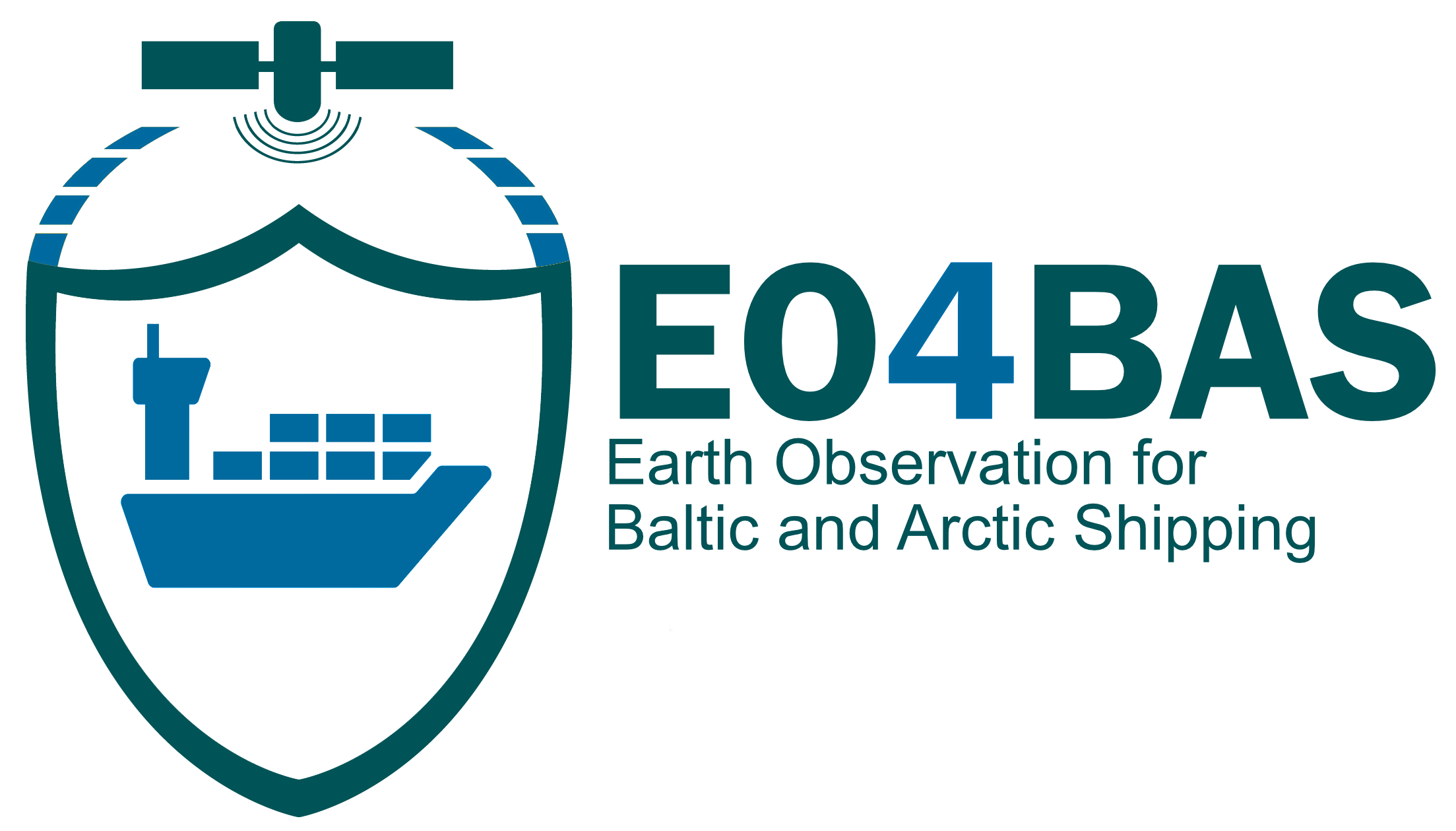EO Products / Ice drift monitoring and forecast
Based on COSMO-SkyMed image © ASI. Distributed by e-GEOS
within the Arctic Navigation with COSMO-SkyMed - ARNACOSKY - a joint research project of e-GEOS and the italian Hydrograpic Institute (IIM) of the Italian Navy,
within the IT Navy High North Program. The program aims to support Arctic sustainable and safe navigation.
Product Description
Forecasting ice drift involves predicting the movement and displacement of sea ice over a specific period. Ice drift forecasts are typically based on a combination of observational data, numerical models, and meteorological information. Key components involved in forecasting ice drift include:
- Satellite observations, including Synthetic Aperture Radar (SAR), microwave and optical imagery, provide real-time and historical information about ice conditions, data needed to initialize and validate ice drift models.
- Meteorological data, such as wind and atmospheric pressure, are critical inputs for ice drift forecasting. Wind forces exert a significant influence on the movement of sea ice, and accurate meteorological information is essential for modelling ice drift.
- Numerical models, simulate the dynamics of sea ice based on physical principles, considering factors such as wind forcing, ice thickness, ocean currents, and the geometry of the ice pack. Models more commonly used include TOPAZ5 and neXtSIM.
- TOPAZ5 is operated by MET Norway and distributed to the Copernicus Marine Services. Recently TOPAZ4 has been updated to TOPAZ5, the upgrade of the sea ice model includes five categories of sea ice thickness among other changes of the model system. The forecast system uses however the same ensemble Kalman Filter for data assimilation as before.
- The Copernicus Marine Services also offer a stand-alone sea ice model with the recent sea ice model neXtSIM, which shows a more realistic picture of the deformation features of the sea ice than the standard sea ice models (Sievers et al., 2022). The neXtSIM forecasts have also been upgraded in 2023 to include the assimilation of sea ice thickness in the winter and the concentration of young ice, which is navigable for ships of high ice class. neXtSIM forecasts are operated by NERSC.
- Data assimilation involves integrating observational data into numerical models to improve their accuracy. Assimilating satellite-derived ice concentration, thickness, and drift observations helps correct model errors and enhance the reliability of forecasts.
- Ensemble forecasting involves running multiple simulations with slightly different initial conditions to account for uncertainties in the model and input data. This approach provides a range of possible outcomes, allowing for a more comprehensive assessment of forecast uncertainty.
Product Specifications
BUSINESS PROCESS | SC, SO |
DESCRIPTION | Monitoring and forecasting ice drift involves predicting the movement and displacement of sea ice over a specific period |
EO INFORMATION OF INTEREST | SIC, SIT, SITYPE, SIUV |
MAIN PROCESS STEPS | Models: Ocean forecast, and analysis data produced by a coupled numerical ocean-ice model with data assimilation: Observations: The products are based on SAR images and are produced on pass-by-pass basis during the Baltic Sea ice season and show the ice thickness and drift in a 500 m and 800m grid, respectively. The Baltic Sea ice concentration product is based on data from SAR and microwave radiometer. The algorithm uses Sentinel-1 SAR EW mode dual-polarized HH/HV data combined with AMSR2 radiometer data. |
INPUT DATA SOURCE | SAR, Microwave, Optical satellite data, weather data |
SPATIAL RESOLUTION AND COVERAGE | Artic observations: 62.5km from 1991-2023, 31 x 31.km (1999-ongoing) Artic/Baltic model: 3x3 km. – 12 km Lat 52.6° to 90°Lon -180° to 179.96 (1991 – ongoing) Baltic Observations: 0.5x0.5 km Baltic Sea Lat 53° to 66°Lon 9° to 31°(2019-ongoing) |
ACCURACY / CONSTRAINS | Not specified |
LIMITATIONS | Limited availability of ground truth. The interpretation of data can indeed be challenging, especially when handled by personnel without extensive experience in the field. |
TEMPORAL RESOLUTION | Satellite: hourly (strongly depending on the native input data) Models: to be set |
FREQUENCY UPDATE | Models: Daily – Following day at 9:30 UTC; Second day of the following month at 12:00Monthly Observations: Daily – within 04:00 hours Between Jan and Apr, dependent on the availability of X-band SAR data |
DELIVERY / OUTPUT FORMAT | NetCDF-4 |
ACCESSIBILITY | Copernicus Marine Services and Artic hub, MetNo, NERSC |


This page has no comments.